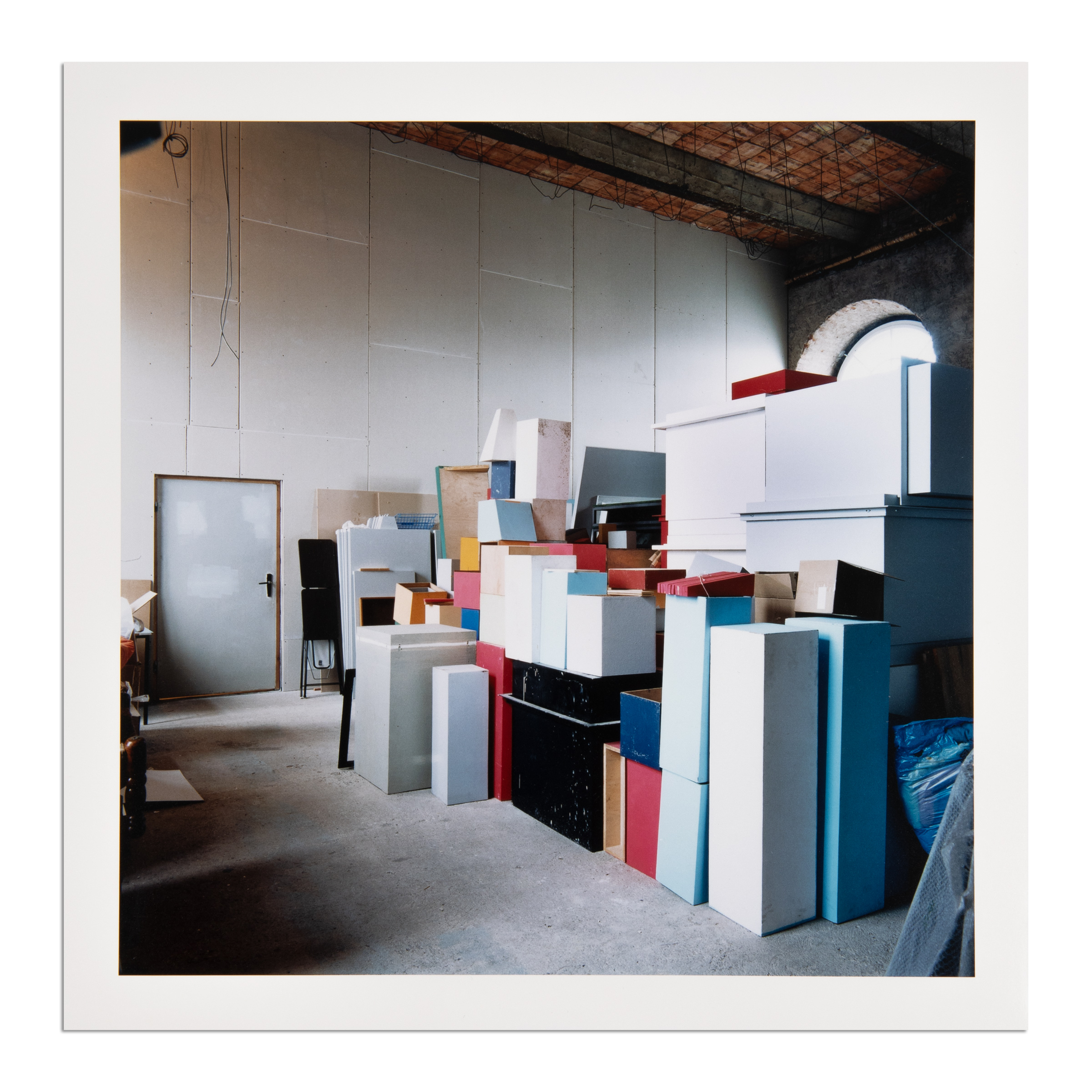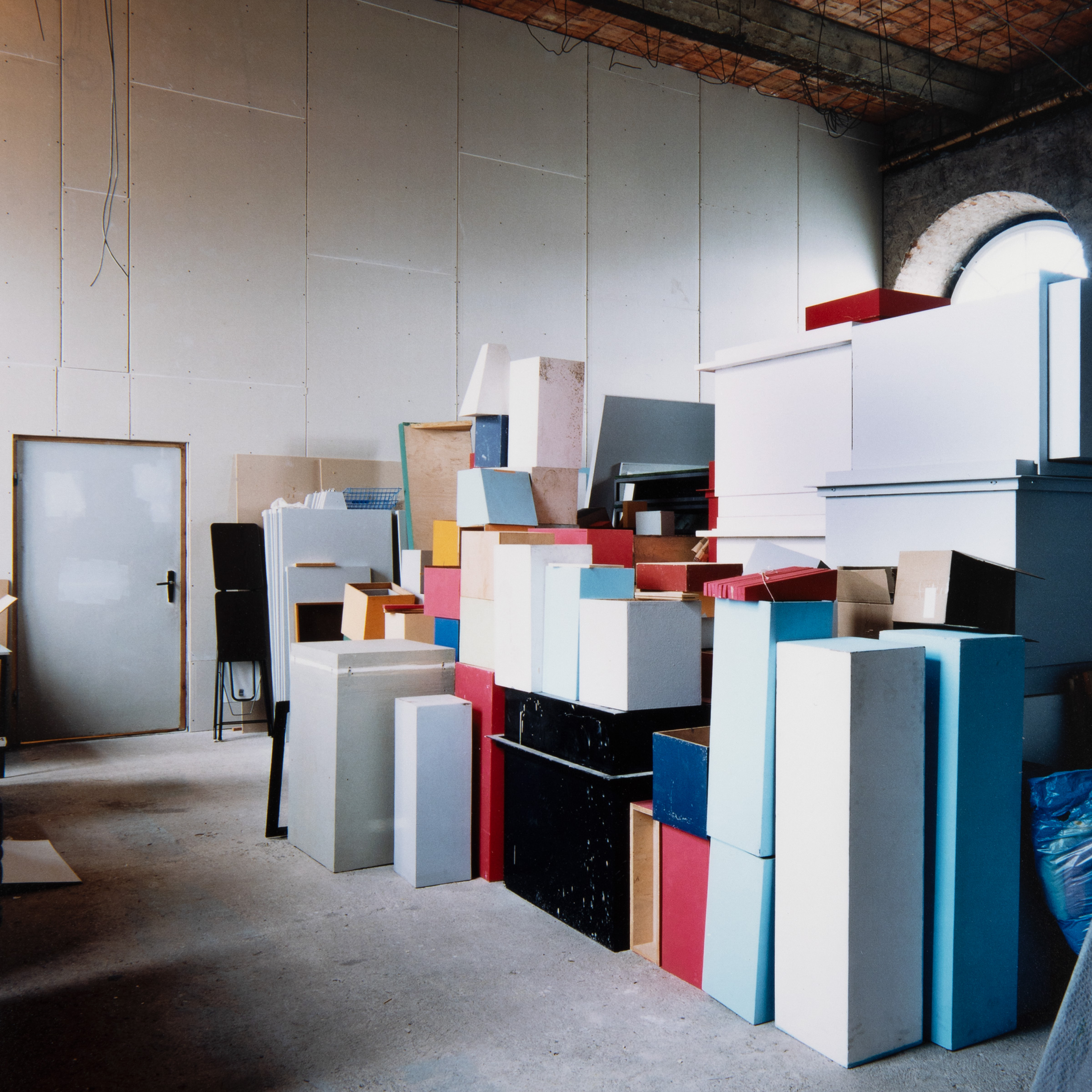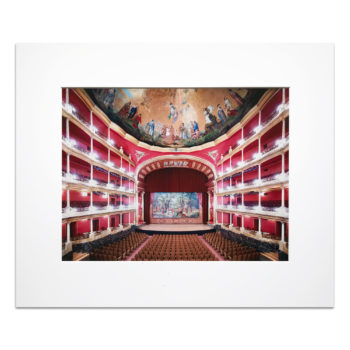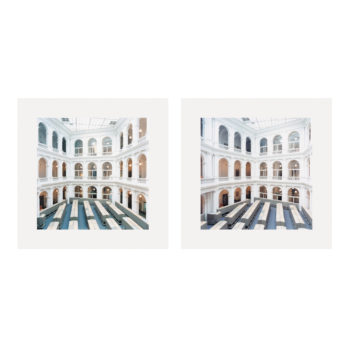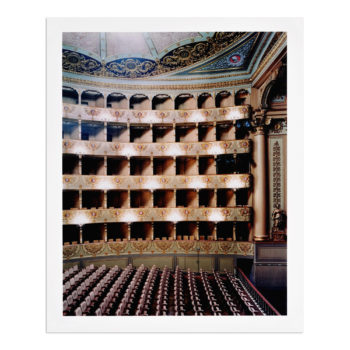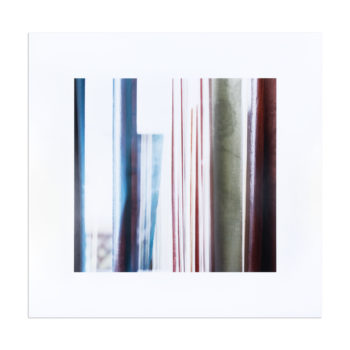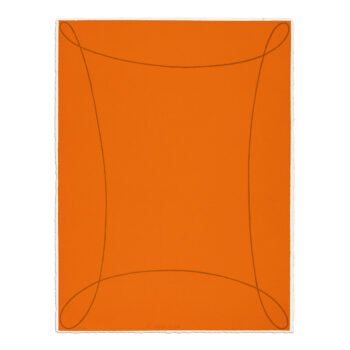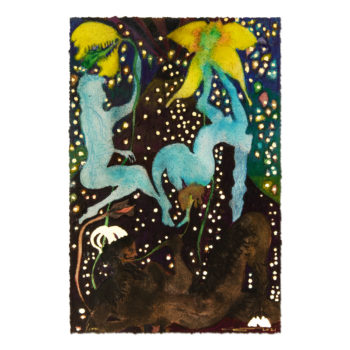Candida Höfer – Museum für Völkerkunde Dresden
Candida Höfer, born in 1944 in Eberswalde, is a distinguished German photographer who studied under Bernd and Hilla Becher at the Kunstakademie Düsseldorf. Höfer’s artwork is renowned for its technical precision and deeply conceptual nature, focusing on the dynamics of space—how we shape it and are shaped by it in turn. Her art primarily consists of meticulously composed photographs that investigate the architecture of public spaces such as churches, zoos, opera houses, libraries, and museums. Candida Höfer is known for presenting her photographs on a grand scale, a signature aspect of her art that enhances the visual and emotional impact of her works. These large-format prints invite viewers to engage with the spaces depicted, highlighting the interplay between architectural form and the invisible presence of those who inhabit these spaces. By choosing to exclude people from her photographs, Höfer amplifies the sense of absence and loss, exploring what remains in the wake of human presence. She believes that the essence of how spaces function and affect us becomes more evident when they are empty, noting that “it became apparent to me that what people do in these spaces—and what these spaces do to them—is clearer when no one is present, just as an absent guest is often the subject of a conversation.” This intentional absence allows viewers to contemplate the roles of the unseen occupants and draws attention to the detailed architectural elements within her photos. Through her photographic prints, Candida Höfer invites a contemplative look at the silent eloquence of spaces, making her a significant figure in contemporary photography.
